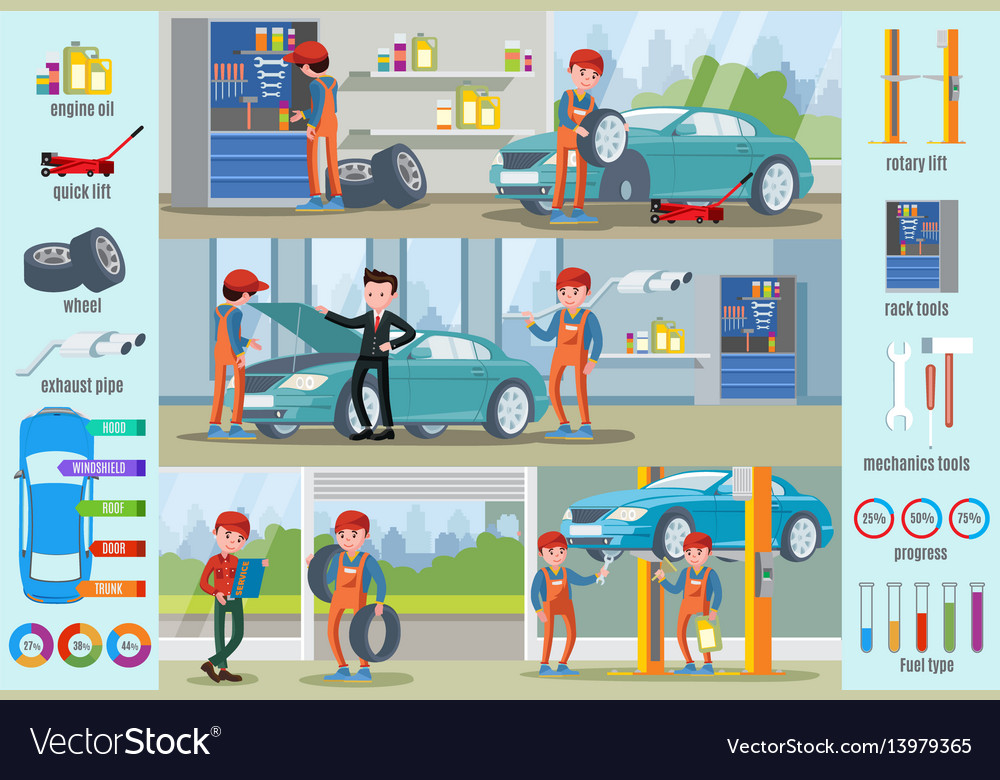Realizing The Importance Of Your Vehicle'S Warning Signals: What They Really Represent
Realizing The Importance Of Your Vehicle'S Warning Signals: What They Really Represent
Blog Article
Web Content Author-Boye Dalgaard
When you're behind the wheel, those beautiful caution lights on your control panel can be a bit complicated. Do you understand what they're attempting to tell you concerning your cars and truck's health? Recognizing the significance of these lights is important for your safety and security and the long life of your automobile. So, the following time one of those lights turns up, wouldn't you want to decode its message accurately and take the essential steps to address it?
Common Warning Lights and Interpretations
Recognize common warning lights in your automobile and comprehend their meanings to make certain secure driving.
One of the most typical warning lights include the check engine light, which signifies concerns with the engine or emissions system. If this light begins, it's vital to have your vehicle inspected without delay.
The oil stress alerting light indicates low oil stress, requiring instant attention to avoid engine damages.
A blinking battery light could suggest a damaged charging system, possibly leaving you stranded otherwise dealt with.
The tire stress surveillance system (TPMS) light notifies you to low tire pressure, influencing vehicle security and gas performance. Neglecting this could cause unsafe driving problems.
The abdominal light indicates a trouble with the anti-lock stopping system, endangering your capability to quit promptly in emergencies.
Lastly, the coolant temperature alerting light warns of engine overheating, which can lead to severe damages if not solved quickly.
Understanding these usual warning lights will certainly aid you deal with issues promptly and maintain safe driving conditions.
Value of Prompt Attention
Comprehending the common warning lights in your automobile is just the primary step; the importance of quickly resolving these warnings can not be stressed enough to ensure your safety and security when traveling.
When a warning light brightens on your dashboard, it's your auto's method of connecting a prospective problem that requires focus. Overlooking auto car wash can cause a lot more serious problems later on, jeopardizing your security and potentially costing you a lot more out of commission.
Motivate attention to cautioning lights can stop malfunctions and mishaps. For example, a blinking check engine light can indicate a misfire that, if left unattended, might cause damages to the catalytic converter. Resolving this immediately can conserve you from a costly fixing.
In a similar way, a brake system advising light may indicate reduced brake liquid or worn brake pads, crucial elements for your safety and security when driving.
Do It Yourself Troubleshooting Tips
If you observe a warning light on your dashboard, there are a few do it yourself troubleshooting suggestions you can try prior to looking for professional assistance.
The initial step is to consult your car's handbook to comprehend what the certain caution light suggests. Occasionally the issue can be as easy as a loose gas cap setting off the check engine light. Tightening detailing automobiles might resolve the trouble.
One more usual problem is a reduced battery, which can cause different alerting lights. Examining the battery links for deterioration and ensuring they're secure might deal with the problem.
If a warning light continues, you can attempt resetting it by detaching the automobile's battery for a few minutes and then reconnecting it. Furthermore, inspecting your lorry's fluid degrees, such as oil, coolant, and brake liquid, can help repair advising lights connected to these systems.
Final thought
To conclude, comprehending your cars and truck's caution lights is necessary for maintaining your automobile running efficiently and safely. By immediately resolving these alerts and understanding what they imply, you can prevent expensive repairs and potential breakdowns.
Remember to consult your car's handbook for certain information on each advising light and do something about it accordingly to ensure a trouble-free driving experience.
Remain notified, stay risk-free when driving!
